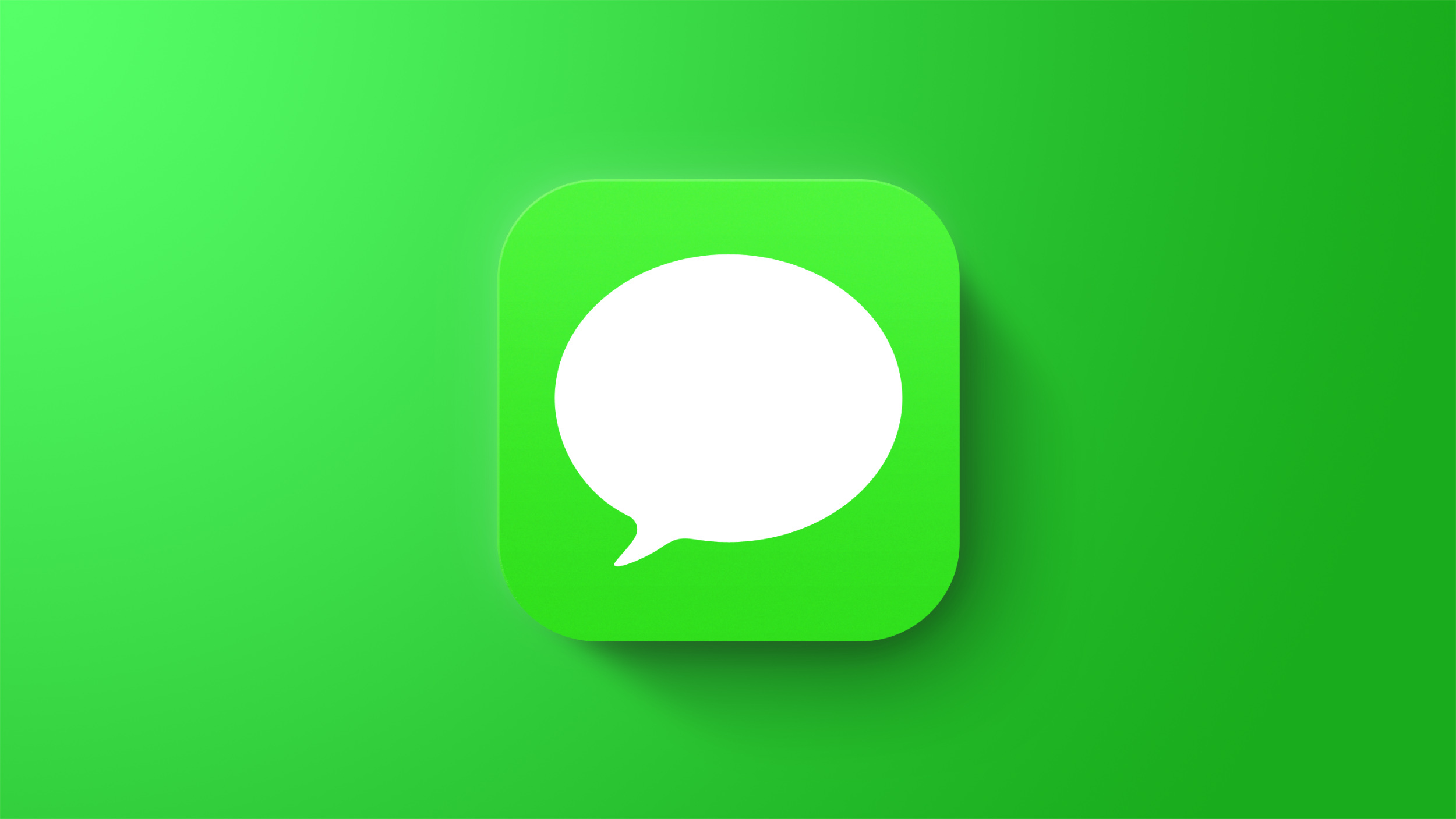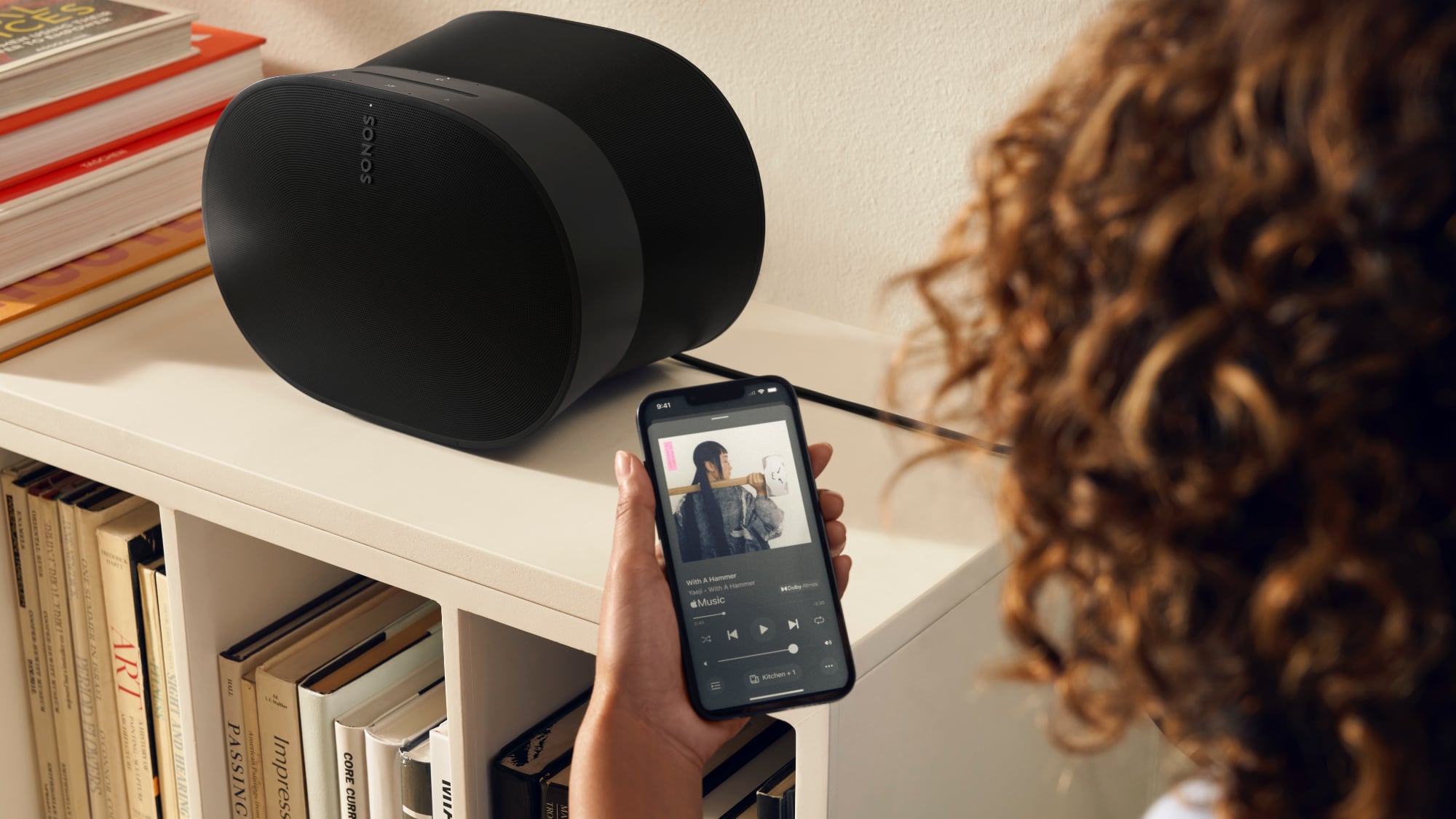Fitbit Charge 5 vs Charge 4 vs Charge 3: What’s the difference?
Fitbit offers numerous devices in the activity tracking market, from the plain and simple Inspire 2 to its top-of-the-range smartwatch Sense.
The Charge 5 is an activity tracker that sits in between the Fitbit Inspire range and the Fitbit Versa range.
We’ve compared it to its predecessors – the Charge 4 and Charge 3 – to see how the devices differ and help you work out if you should upgrade.
squirrel_widget_217724
Design
Charge 3: OLED touchscreen, buckle, aluminium, interchangeable straps, water-resistantCharge 4: OLED touchscreen, buckle, aluminium, interchangeable straps, water-resistantCharge 5: AMOLED always-on colour touchscreen, buckle, aluminium, interchangeable straps, water-resistant
The Fitbit Charge 3 and Charge 4 are virtually identical in design, but Fitbit has pivoted away from the square look of these devices for a sleeker and thinner Charge 5 body.
Despite the Charge 5’s redesign, they all still share the same penchant for interchangeable straps. However, because of that new look, there’s also a range of slightly different designs to pick between – standard silicone options are joined by breathable sport alternatives, nylon hook and loop bands and hand-crafted Horween leather straps.
After offering an OLED display with the Charge 3 and Charge 4, the Charge 5 is also the first to feature an AMOLED screen. This makes everything you see on the wrist much brighter, while Fitbit has also installed an always-on display option for the first time on a tracker.
The three devices all have buckle fastenings and they all feature an optical heart rate monitor that sits on the underside of their main bodies, as well as water resistance up to 50-metres, making them ready for the swimming pool.
Specs and sensors
Charge 3: HR, SpO2 monitor, connected GPS, NFC in some modelsCharge 4: HR, SpO2 monitor, built-in GPS, NFCCharge 5: HR, SpO2 monitor, EDA sensor, ECG readings, built-in GPS, NFC
All three Fitbit Charge devices being compared here have an optical heart rate monitor, offering automatic and continuous heart rate tracking. They also all have an accelerometer, altimeter and vibration motor.
Each also finds room for relative SpO2 sensors, too, allowing users to view a graph in the Fitbit app to see an estimate of the oxygen level variability in your bloodstream, which is designed to help show variations in your breathing during sleep.
However, the Charge 5 is the only device to feature an EDA sensor and the Fitbit ECG app. The former is able to detect small changes in your finger’s sweat glands, and as a result, stress level changes, while ECG readings are able to detect the heart’s rhythm and check for signs of atrial fibrillation. These two features, and the accompanying data available in the Fitbit app, make it a much more serious health tracking device than we’ve seen previously in the Charge lineup.
In terms of location tracking, Charge 3 only offers connected GPS. This uses your smartphone for the GPS signal, meaning you’ll need to bring it with you when you go for a run or walk if you want detailed map data. The Charge 4 and Charge 5, however, offer built-in GPS and result in untethered tracking. There are seven GPS-enabled exercise modes to choose from.
All three also have NFC on board, allowing you to pay with your activity tracker at contactless terminals through Fitbit Pay. While the NFC chip comes as standard on the Charge 4 and Charge 5, though, it’s only available in the Special Edition models of the Charge 3.
Features
Charge 3: Activity and sleep monitoring, auto-exercise recognition, multi-sport tracking, smartphone alerts, swim tracking, goal-based exercise, run detect with auto stop, accept/reject calls, Quick Replies, NFC, Active Zone MinutesCharge 4: Adds Spotify support, SmartWake alarmsCharge 5: Adds Daily Readiness, Stress Management Score
The Fitbit Charge 3, 4 and 5 all feature all-day activity tracking (steps, distance, calories, floors climbed, activity minutes, hourly activity, stationary time) and sleep monitoring with Sleep Stages and Sleep Score. They also all allow you to see daily stats on their displays, along with smartphone notifications, which are more advanced with Quick Replies if you’re on Android.
Other features found on all three devices include SmartTrack, which automatically recognises when you exercise, Multi-Sport tracking, Cardio Fitness Level (an estimate of your VO2 Max) and Guided Breathing, which offers personalised breathing sessions based on your heart rate.
In addition to all the features offered on these Charge models, they all also have swim tracking on board, Goal-Based Exercise, Run Detect with auto-stop, a timer option and weather information.
There’s also a feature called Active Zone Minutes. This feature uses your personalised heart rate zones to track your effort for any energising activity, allowing you to earn credit towards the recommended 150-minute weekly goal for each minute of moderate activity in the fat burn zone and double the credit for vigorous activity in cardio and peak zones.
Adding to the Charge 3’s features, the Charge 4 offers Spotify support for control of the streaming platform from your device, as well as SmartWake, which uses machine learning to wake you at the optimal time. This feature was previously only available on Fitbit smartwatches.
From there, the Charge 5 has also debuted some new features. The device will offer a Daily Readiness score to Fitbit Premium members, which is calculated from your activity, heart rate variability and sleep data. Details on what affected the score and recommendations based on the information are also provided.
The Stress Management Score, which measures your responsiveness, exertion balance and sleep patterns, will also be available for Charge 5 users within the Fitbit app.
Price and conclusion
squirrel_widget_145405
The Fitbit Charge 3 may be a little long in the tooth, but it could still be a good option for some – especially given that the design is essentially the same as the Charge 4. It has a great feature set and you might find it at a decent price compared to the Charge 4.
With the Charge 4, however, extra features like Spotify control and built-in GPS that’s a very solid model to go for if your budget allows. If you like the feature set of the Charge 4 and want something that’s a little more focused on delivering the same health tracking as many of Fitbit’s smartwatches, though, then your only option is really the Charge 5.
By adding the ECG app, an EDA stress sensor and building new metrics into the app for Fitbit Premium users, this is now a very advanced device. It also improves the design considerably, which is ideal for those who prefer thinner trackers, always-on displays and brighter screens.




